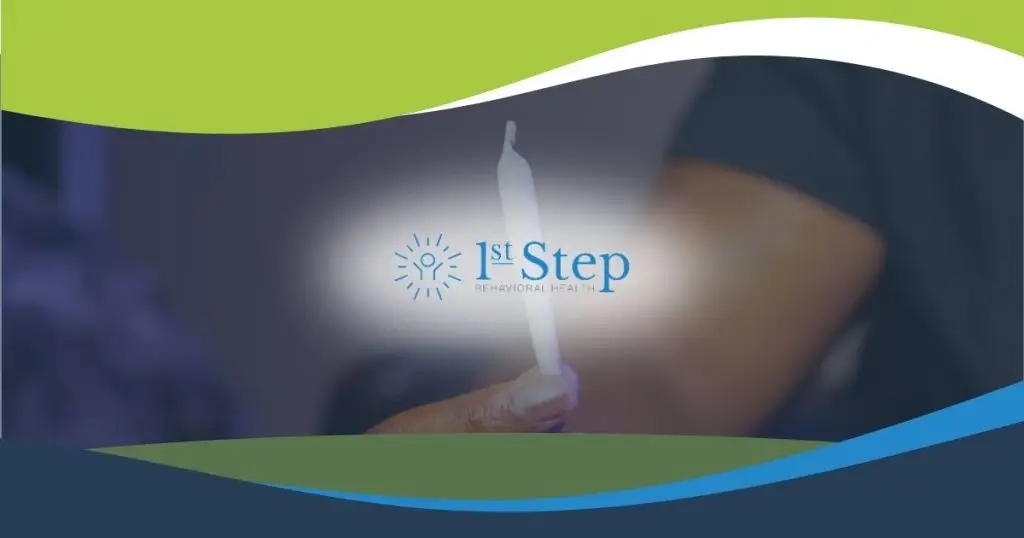Marijuana is one of the most commonly abused substances in the world. As more areas of the United States legalize the sale and use of weed, more people are experimenting with it. Rates of marijuana use have increased in recent years as the drug becomes more accessible. In 2021, an estimated 52.5 million Americans used marijuana and about 16.3 million have a cannabis use disorder.
However, not everyone keeps using weed once they start. Many people want or need to stop using marijuana. They may want to pass a drug test or have other goals that require them to give up weed.
If you have been using marijuana and want to stop, it is possible. There are things you can do to support your body’s natural detoxification process.
This article will explore what to expect while detoxing from marijuana. You will also learn things you can do to make a marijuana detox go smoothly.
Reach out to the team at First Step Behavioral Health to explore our substance use disorder treatment programs. You can also schedule appointments, ask questions, or find support at any stage of your recovery.
Marijuana Withdrawal Symptoms
When you first stop using weed, you may notice some uncomfortable withdrawal symptoms. Common withdrawal symptoms include:
- Mood changes, including anxiety, depression, and irritability
- Nightmares
- Insomnia
- Aggression
- Sweating
- Shaking
- Headache
- Nausea
- Flu-like body aches or malaise
- Cravings
Your symptoms may come and go or change as you go through detox. They may develop right away or take time to show up.
These symptoms can make you feel terrible, but they are not long-term or dangerous. It can be helpful to remember that these symptoms will not last forever. You can also take steps to improve your overall health until they pass.
How to Have a Healthy THC Detox
Once you stop using THC, your body will begin the detox process. Detoxification is natural–your body will do it without support. However, there are things you can do to feel your best and support your overall health during detox.
Eat a balanced diet
You may not feel your best during a THC detox. You may experience withdrawal symptoms that make you feel miserable. Eating a balanced diet can help you feel your best as your body detoxes from weed.
A healthy diet includes:
- Plenty of fruits and veggies
- Complex carbohydrates from whole grain bread, brown rice, grains, potatoes, and other natural sources
- Lean meat, beans, eggs, and dairy for protein
During detox, drink a lot of water to help flush out toxins. Avoid alcohol, caffeine, and highly processed foods like baked goods, chips, and soda.
While there are no “miracle” THC detox drinks, some research shows that drinking tea can boost antioxidant levels. This can lead to better overall health during detox. Enjoy a cup or two per day during detox.
Get active
Traces of THC remain in the body for long periods after you stop ingesting it. Increase your physical activity to help your body eliminate stored THC. You don’t have to run a marathon or go to the gym. Take a walk, do some yoga, or find other simple ways to get more activity during the day.
Nurture your mental health
Quitting weed can be challenging, especially if you’ve been relying on it to manage stress or anxiety. Finding healthy ways to take care of your mental health during detox is essential. This could include:
- Going to therapy
- Joining a support group
- Talking to supportive friends or family members
- Connecting with online support resources
Finding support will help you stay focused on your progress, even when detox feels challenging.
How Long Does THC Detox Take?
Marijuana withdrawal can vary from person to person. The side effects you experience will depend on how much weed you use. Other substances you use at the same time, your health, and other factors can also affect your withdrawal timeline.
The elimination of THC metabolites begins as soon as you stop using weed. However, THC can remain in your body for weeks or months after you quit.
Here is what to expect during a THC detox.
Day one
The first 24 hours without weed may be the most challenging. Most people have intense cravings for weed. Common early withdrawal symptoms include:
- Stomach pain
- Nausea
- Sweating
- Loss of appetite
Plan to start your detox on a day when you can focus on your own needs. Make sure you do not have access to weed during your detox, especially in the beginning.
Week one
You may experience insomnia, anxiety, restlessness, cravings, and other uncomfortable symptoms. Focus on self-care. Eat well, rest, and avoid triggering people, places, and situations.
One month
Most people start to feel better after two whole weeks without weed. You may continue to experience withdrawal symptoms like nausea, nightmares, and cravings for a while. However, people often report feeling much better after about a month without THC.
THC Detox Programs
Many addiction treatment centers offer THC detox programs to help people manage withdrawal symptoms. Medical professionals may provide medications to reduce cravings, physical discomfort, sleep issues, and other symptoms.
Mental health professionals also provide support through therapy sessions and support groups. A THC detox program can help you get through withdrawal safely. The support you get will ensure you stay committed to sobriety, even when the process feels challenging.
Reach out to the First Step Behavioral Health specialists now to explore our detox and treatment programs.

